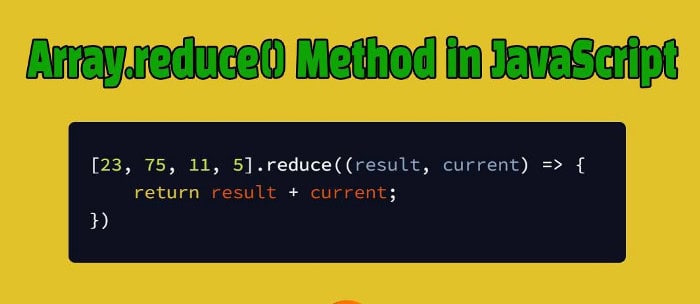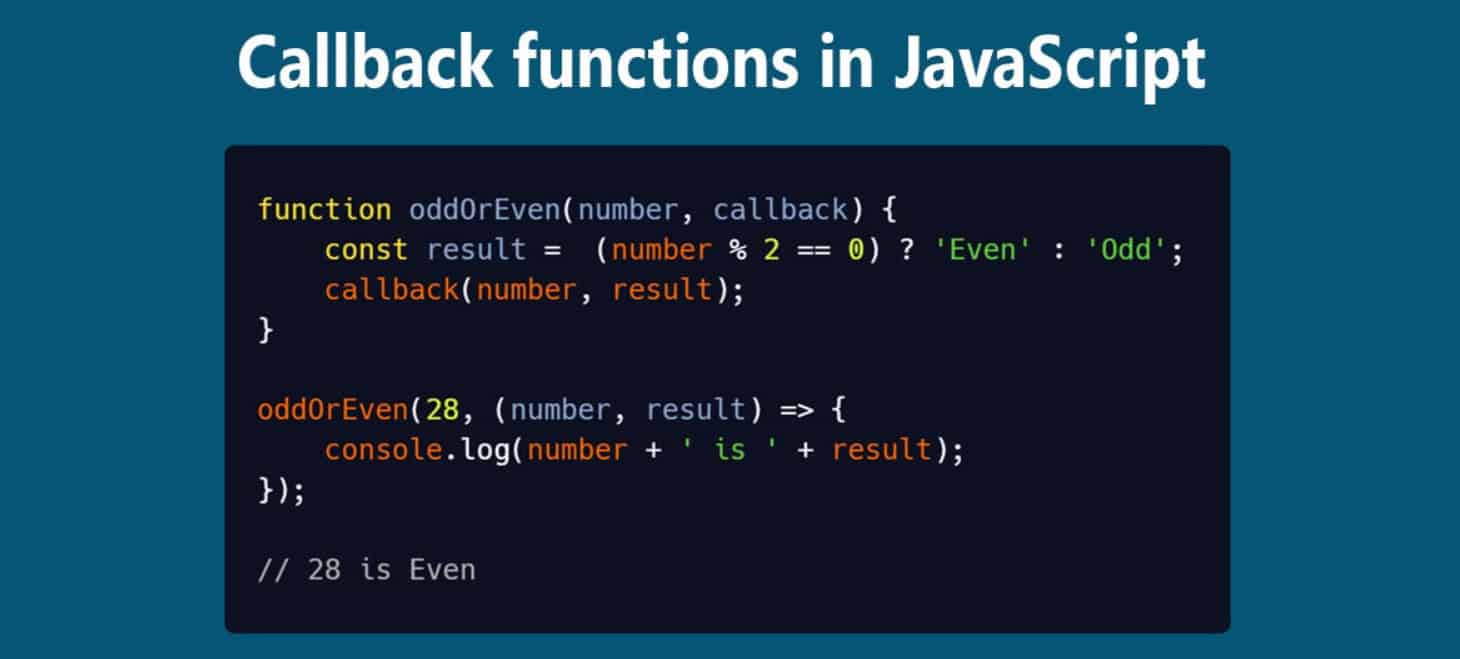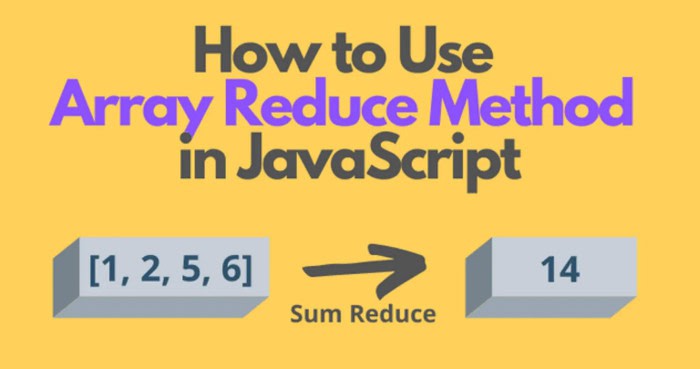Know how to convert Arrayn a to map in javascript in this article. You can use Array.prototype.reduce() method to convert Array to a map in JavaScript.
See Also: How To Use PHP Apache Docker Properly?
Table of Contents
Use reduce() to convert an Array of objects to a map
Here is an example – use reduces () to convert an Array of objects to a map:

const array = [{id: 1, name: 'John'}, {id: 2, name: 'Jane'}, {id: 3, name: 'Bob'}];
const map = array.reduce((map, obj) => {
map[obj.id] = obj;
return map;
}, {});
console.log(map);
// Output: {1: {id: 1, name: ‘John’}, 2: {id: 2, name: ‘Jane’}, 3: {id: 3, name: ‘Bob’}}
This code creates an empty map {} and then uses the reduce() method to iterate over the Array and add each object to the Map, using the id property as the key.
You can use a similar approach to convert an array of values to a map by using the array value as the key and assigning it a default value (such as true):
const Array = ['a', 'b,' 'c'];
const map = array.reduce((map, value) => {
map[value] = true;
return map;
}, {});
console.log(map);
// Output: {a: true, b: true, c: true}
Certainly! The Array.prototype.reduce() method is a powerful way to process and transform arrays in JavaScript. It allows you to iterate over a collection and apply a function to all the elements, returning a single value.
See Also: What is the Proper Operator for “Not Equals” in JavaScript?
Callback function
The reduce() method takes two arguments: a callback function and an initial value for the accumulator (also known as the “reducer”). The callback function itself takes four arguments:
- Accumulator: the accumulated value is initially set to the initial value pass to reduce() and is updated on each iteration.
- currentValue: the current element process in the Array.
- currentIndex (optional): the index of the current element process.
- array (optional): the Array being reduced
Use reduce() to sum the values of an array
Here is an example of how you can use reduce() to sum the values of an array:

const Array = [1, 2, 3, 4, 5];
const sum = array.reduce((accumulator, currentValue) => accumulator + currentValue, 0);
console.log(sum); // Output: 15
In this example, the callback function adds the current value to the accumulator. The initial value for the accumulator is 0, so the first time the callback function is called, the accumulator is set to 0, and the current value is 1. The callback function then returns the sum of 0 and 1, which becomes the new value of the accumulator. On the next iteration, the accumulator is set to 1. The current value is 2, and so on.
To convert an array to a map using reduce(), you can use a similar approach, but instead of adding the values, you can add the elements to the Map using the accumulator object.
Convert an Array of objects to a map
Here is the example I provided earlier, using the reduce() method to convert an array of objects to a map:

const array = [{id: 1, name: 'John'}, {id: 2, name: 'Jane'}, {id: 3, name: 'Bob'}];
const map = array.reduce((map, obj) => {
map[obj.id] = obj;
return map;
}, {});
console.log(map);
// Output: {1: {id: 1, name: ‘John’}, 2: {id: 2, name: ‘Jane’}, 3: {id: 3, name: ‘Bob’}}
The callback function considers a map (Map) and object (obj) argument in this example. It adds the object to the Map using the id property as the key and then returns it. The initial value for the Map is an empty object {}, so on the first iteration, the Map is set to {}, and the thing is {id: 1, name: ‘John’}. The callback function then adds the object to the Map and returns the updated Map, which becomes the new value of the accumulator. On the next iteration, the accumulator is set to the updated Map, the current object is {id: 2, name: ‘Jane’}, and so on.
This helps clarify how the reduce() method works and how it can convert an array to a map in JavaScript.
Certainly! The Array.prototype.reduce() method is valuable for iterating over an array and applying a function to each element, returning a single value. It can perform various operations on collections, including reducing an array to a single value, transforming a variety into a new data structure, or filtering and mapping an array.
See also: How To Use List Filter In Javascript?
Callback function
To use the reduce() method, you pass a callback function as the first argument. This callback function takes four arguments:
- An accumulator
- The current value process
- The current index (optional)
- The Array reduce (optional)
The accumulator accumulates value, initially set to the initial value pass to reduce(), and updates on each iteration.
The reduce() method is used in conjunction with arrow functions, which allows you to define the callback function concisely using the => syntax. For example, you can use an arrow function to sum the values of an array like this:
const Array = [1, 2, 3, 4, 5];
const sum = array.reduce((accumulator, currentValue) => accumulator + currentValue, 0);
console.log(sum); // Output: 15
See Also: What Are The Core Java Topics Every Java Developer Should Know?
You can also convert a string to a date object in JavaScript and format it according to the DD-MM-YYYY pattern.
FAQs
What is the array map function's main objective?
The Map () method produces an array containing the values returned by the function you provide after passing each array element on which it is executed to that function.
Why does JavaScript utilize a map?
When you want to conduct an action on each item in a collection and compile the results into a new array, you may use the Map. JavaScript 'for loop' or 'nesting' constructs can operate similarly. However, we can write more legible functions using a map(). The new Map () syntax allows for the creation and initialization of the Map.
What distinguishes each array from a map?
While an array's items are looped over using the forEach() technique, an array's elements are transformed using the map() function. While the forEach() method cannot be used with other array methods, the Map () method may be used with other array methods, such as the filter() method.
In JavaScript, how do you add values to a map?
A map can have values added to it using the set() function. The key will serve as the first parameter and the value as the second. This example resembles an ordinary object with string-based keys. Still, Map allows us to use any data type as a key.
Does a map modify the initial Array?
Using a function call for each array member, Map () builds a new array. For empty items, the function is not run by Map (). The initial Array is unaffected by the Map ().
What makes maps superior to arrays?
Maps are unique objects in and of themselves; they are iterable with key-value pair constructors that resemble 2D arrays but function as objects instead. They provide more freedom in terms of selecting our guiding principles. A key value for a map might be a text, integer, object, or even NaN.
Conclusion
In addition to its simplicity and versatility, the reduce() method is also efficient, as it only iterates over the elements of the Array that needs the entire Array. This makes it a good choice for large arrays or arrays with expensive operations.
Thus, this article on converting an array to a map in JavaScript helps you better understand the reduce() method and how it can be used in JavaScript. If you want to brush up on the basics, you can go through four ways to declare an empty array in JavaScript.
See Also: How To Display Current Time In HTML | 4 Easy Ways

